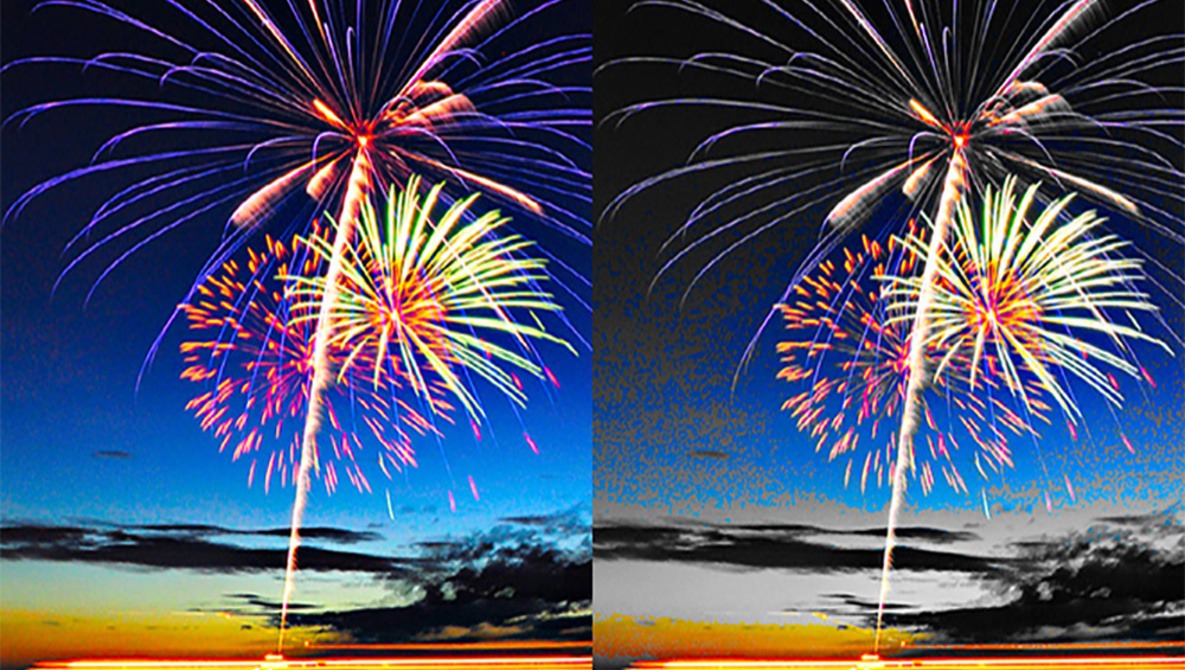Wide-gamut images have been supported by the latest smartphone and high-end computer displays for some time, but the software and the Internet has some way to go before the average consumer can enjoy accurately rendered, wide-gamut images across their entire digital experience. Between what Apple called "Wide Color" in the iPhone 7 display and Android Oreo's support for "Deep Color" in similar displays, we're almost here. But none of that matters for the average consumer if websites continue to compress that data, stripping wide color information in the process. The real change has to come from websites like 500px, which just announced support for fully color-managed images.
One of the main issues with wide-gamut support on the web is that color profiles take up a lot of space. As part of its announcement that it's supporting wide-gamut images on its platform and making them searchable by color profile (i.e. sRGB, ProPhoto, Adobe RGB, and P3), 500px detailed how they made they move despite the extra bandwidth demand in a recent article. The short of it: there is no extra bandwidth demand.
Thanks to switching from the JPEG format to Google's relatively new WebP image format for Chrome and Android users, 500px has actually managed to reduce their bandwidth requirements by 25 percent in spite of now supporting wide-gamut color in every image. Widespread adoption of file formats with new, more efficient compression is exactly the kind of move that will give everyone — not just the editor behind his calibrated monitor — access to the color we deserve to see in our images. Just as Android phone manufacturers are building wide-color displays and Google is introducing WebP, Apple is doing the same with its device's displays and its HEIF (High-Efficiency Image File Format).

Notice the diminished artifacts along the antennae in the WebP image on the right, despite it being 58-percent smaller than its JPEG counterpart.
Wide-color support may seem like it's not that important at first. Yet in reality, it gives that last little bit of extra pop in images that many may not be able to explain, but that will certainly improve the experience of enjoying images past the final frontier. Soon enough, with a combination of new file formats and wider color profiles, pixelated, flat images with unsightly artifacts will be a thing of the past.
Of course, all of this implementation is in fact much more complicated than it seems. But the entire article about how 500px made the switch and started supporting more colors in your images is worth a read for anyone interested in how your images will be displayed in the future. Support on 500px is just the start.
Images used with permission.
[via 500px]







Please adopt as soon as possible and as many devices/platforms as possible. We need future, we can say goodbye to jpg, it lasted long, but as with many great things, let it die with dignity, to make space for superior software.